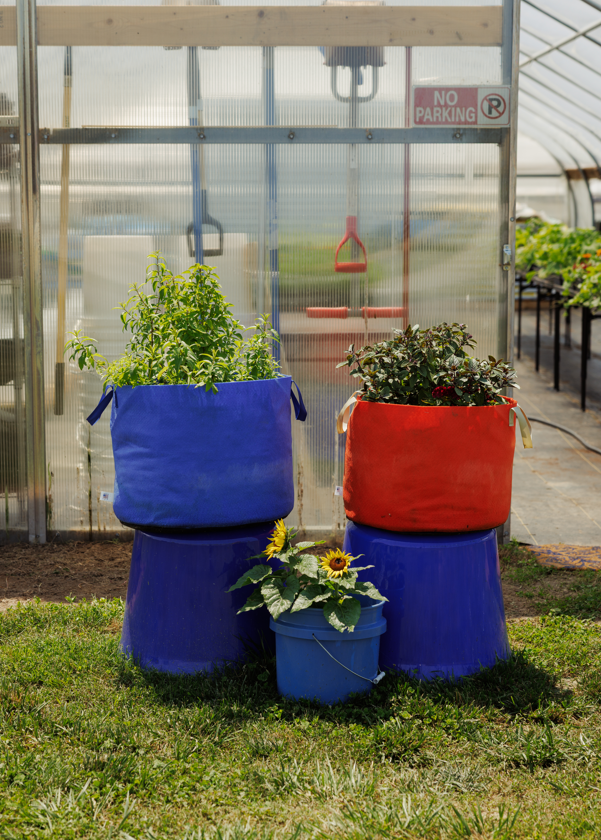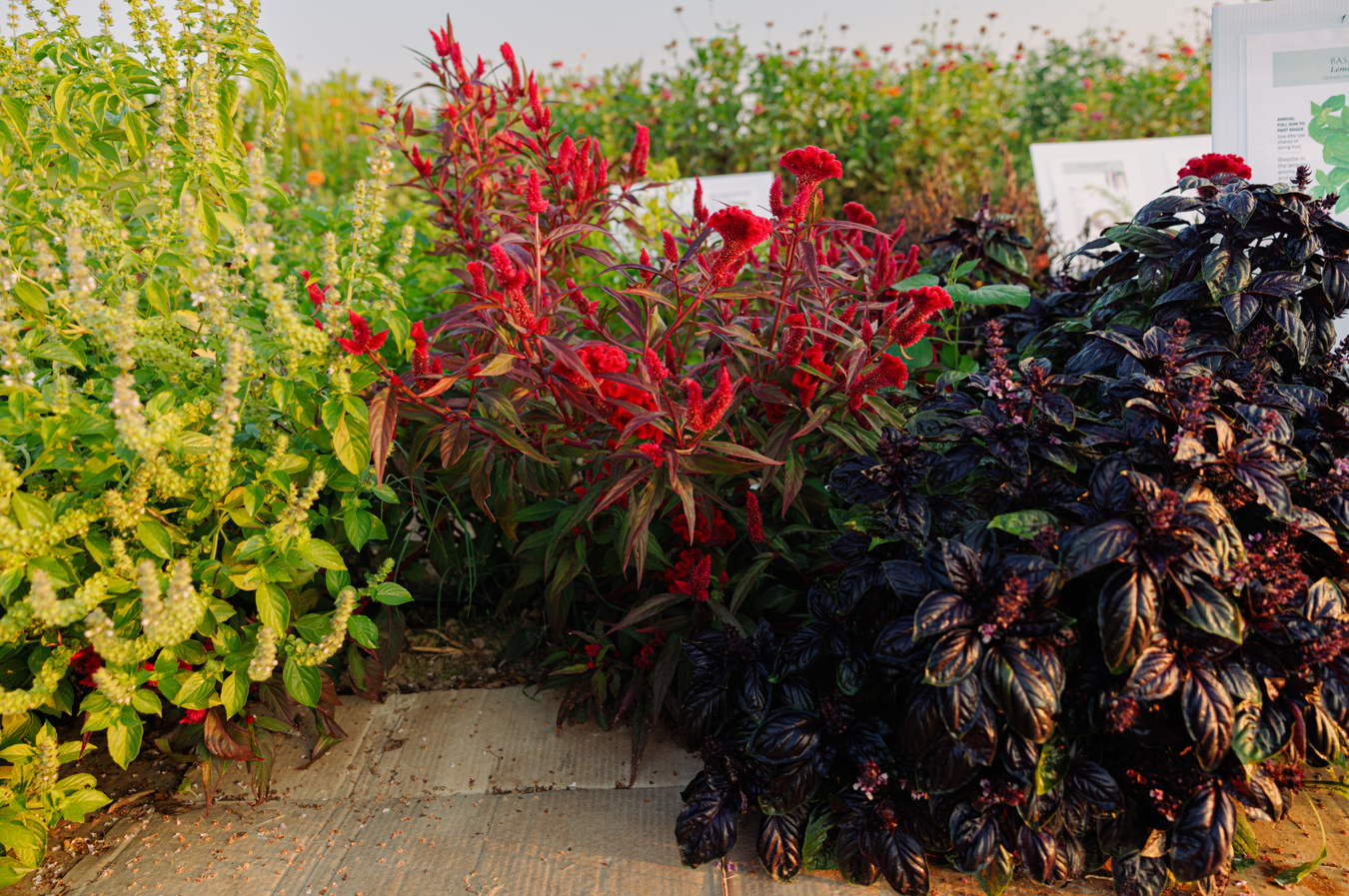VSU increases food sovereignty by scaling healthy harvests for small spaces
The city of Petersburg, Virginia, is what’s known as a “food desert,” which is a community with at least a 20% poverty rate, and where about 1/3 of residents live more than one mile from the nearest grocery store in an urban area, according to the U.S. Department of Agriculture (USDA). In food deserts, residents have limited access to affordable, nutritious foods. Living in a food desert impacts families’ food security and increases risks of long-term health conditions like diabetes and heart disease.
While home food production can help alleviate food insecurity, having limited or no outdoor space is a significant barrier. Many Petersburg residents have this capacity challenge for growing food, but that doesn’t mean home food production is off the table entirely. At Virginia State University (VSU), small farm marketing and agribusiness extension specialist and professor Dr. Theresa Nartea is exploring ways to increase local food sovereignty by bringing traditional companion planting methods into small spaces. Food sovereignty emphasizes local, sustainable production that allows communities and individuals to define their food needs and systems and grow healthy and culturally relevant foods.
Companion planting is the practice of planting several different types of plants near each other that mutually support growth, as opposed to row after row of one crop. Tomatoes and basil famously go together in culinary practices and benefit each other while growing. In a mixed planting system, these plants can help deter pests that target neighboring plants, promote growth or even enhance flavors. Many food producers are familiar with the “three sisters” method, a traditional Native American planting practice of cultivating corn, beans and squash together. Corn is a tall plant that provides a structure for beans to climb. As a nitrogen-fixing legume, beans enhance soil health for corn and squash plants. The third sister, squash plants, cover the ground with their broad leaves, suppressing weeds and keeping the soil moist and cool.
Over at VSU’s Randolph Research Farm, Dr. Nartea’s Nourishing Blooms Program in collaboration with the VSU Small Farm Outreach Program demonstrates different examples of integrating marketable vegetables, herbs and flowers. One high tunnel is dedicated to container gardening, for folks who don’t have land but can produce food in grow bags and food grade five-gallon buckets. In these containers edible flowers share space with herbs and vegetables. In another high tunnel, bright blooms share spaces with common kitchen herbs, while cucumbers climb cost-effective DIY-trellises above shorter plants. On a larger scope, a field is planted mixing flowers, herbs and vegetables. Flowers like zinnia and sunflowers attract pollinators to the vegetables. Flowers like marigolds and herbs like basil and dill act as a defense against
some predators as trap crops or avoidance. The flowers grown are edible and can be transformed from cut flower bouquet to a fun activity such as making fresh beverages, such as floral/herbal infusions, teas, health and beauty products or for aromatherapy. Farmers can benefit from cultivating flowers and herbs by selling them alongside their farm products. Also note that many herbs have beautiful flowers that mix well as filler in cut flower bouquets.
One of Dr. Nartea’s goals is to innovate sustainable, cost-effective ways to produce the most common ingredients people cook with and eat. “Farmers need new offerings to excite their customers creativity, it is important in extension demonstration to show how to be profitable in different-sized spaces,” she declares. She scoured cookbooks and investigated top sellers from local produce sections to get ideas for what to plant. As VSU’s Trojan Farmers Market coordinator, Dr. Nartea knows what the local community buys. “We want to grow what people are cooking with on a regular basis, that can grow in a variety of spaces and produce food that benefits their health.” She is growing potatoes, ginger and turmeric from produce she bought at a nearby organic retailer. “The varieties we are growing are customer favorites but are unique versions, pulling from international trends, such as Japanese cucumbers, Korean turnips, Chinese basil, marigolds and bitter melon from Africa, and the list goes on,” she muses.
Dr. Nartea is not only looking at what’s possible, but what’s profitable for producers who can companion plant and produce food on a larger scale than home food producers. One morning, she harvested three pounds of beans from DIY trellises nestled among companion vegetables, herbs and flowers. She weighs and measures harvests and estimates projected sales based on current market rates. To date, Dr. Nartea is setting a 2025 high tunnel projected value goal of a minimum of $20,000 retail value from in harvested vegetables, herbs and flowers which would mean we have to earn at least $40 per foot of utilized space. “We harvest, replant new crops through the growing season to keep the value rolling! What we’re doing is proof that even part-time farmers can profit from their efforts!” she reflects.
Related Links


